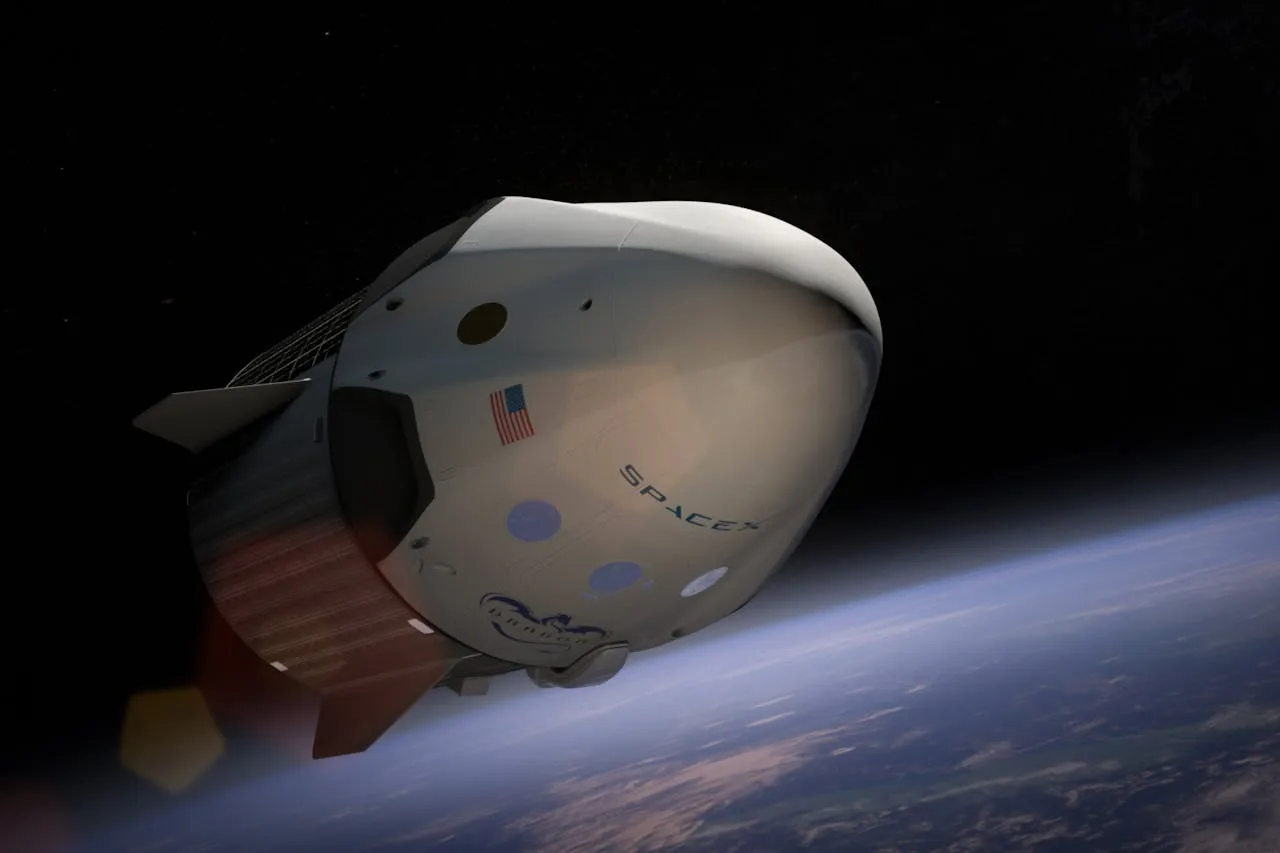
Intelsat, a global leader in satellite and ground network operations and in-flight connectivity (IFC), is set to become the first operator to offer multi-orbit solutions across all key business units by mid-2025. This initiative, driven by a new satellite terminal strategy, promises enhanced capabilities and cost-efficiency.
“Intelsat is making strategic investments in cutting-edge terminal technologies,” said CEO David Wajsgras. “Customers are increasingly turning to the reliability of multi-orbit solutions, which will be pivotal to our success. Single-orbit systems can’t compete with the performance, resiliency, and flexibility we can provide.”
With an expansive network of geostationary satellites and partnerships with low Earth orbit (LEO) providers, Intelsat’s new dynamic terminal strategy will enable it to deliver managed multi-orbit services across various sectors, including commercial aviation, government, and mobility.
“Two years ago, we started deploying multi-orbit terminals for military and civil aviation. Now, our strategy is gaining traction and proving its value to customers,” Wajsgras added.
As part of this strategy, Intelsat has made minority investments in leading terminal vendors, including Greenerwave, a Paris-based company. Together, they are developing an electronically steerable antenna (ESA) for high-throughput, multi-orbit terminals designed for network and data applications.
Greenerwave’s ESA terminal will feature custom Intelsat enhancements, enabling it to rapidly switch between different networks and orbits. This technology will provide reliable, high-performance connectivity for broadband, mobility, media, and government clients globally.
Wajsgras emphasized, “Strategic partnerships with terminal vendors allow us to accelerate these innovations, improving the customer experience while bringing advanced technology to market faster.”
Intelsat’s new terminal, part of its managed service offerings, will provide seamless high-speed connectivity with flexible beamforming, real-time reconfiguration, and low power consumption. The terminal’s smaller, integrated transmitters and receivers reduce panel size by up to 50%, delivering high-performance connectivity with less equipment.

